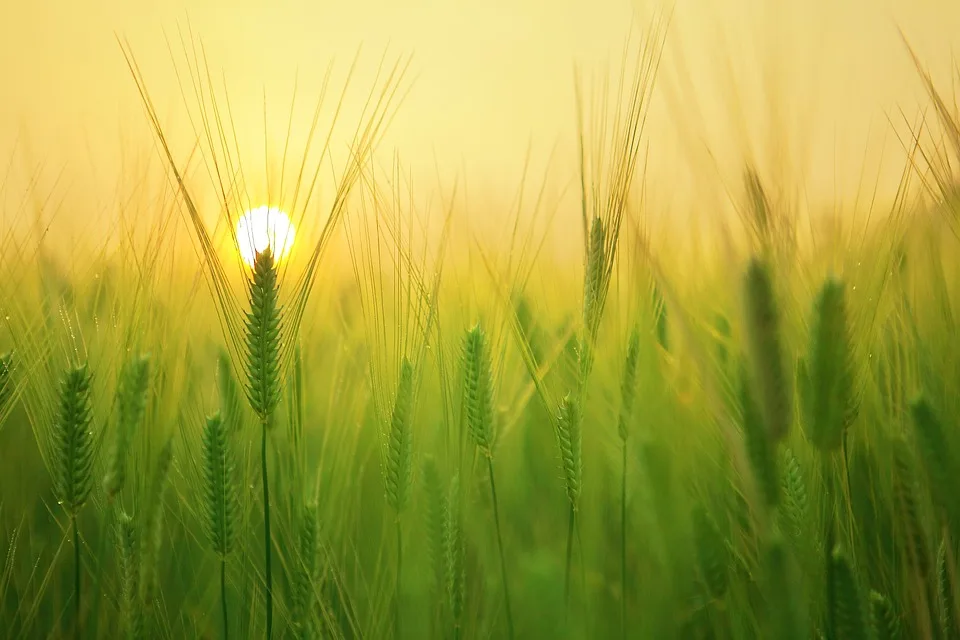Gwangjang Market: Traditional Korean Street Food and More
Gwangjang Market is a famous Korean street food market situated near the Dongdaemun Design Plaza. This vibrant food market offers a wide variety of traditional Korean street food, including Mungbean pancakes, mandu (Korean dumplings), and much more. If you’re looking to experience authentic Korean cuisine in South Korea, Gwangjang Market is the place to visit. Whether you’re a newbie in Korea or a seasoned traveler, a trip to Gwangjang Market should be on your bucket list.
Posts Related to Gwangjang Market:
Gwangjang Market in Pictures
Gwangjang Market | What to eat in Seoul’s Traditional Market: A Comprehensive Guide
Why Gwangjang Market is a Must-Visit in Seoul
Why is Gwangjang Market Popular?
Gwangjang Market is an iconic Seoul food market and holds the distinction of being the oldest market in the city. It is renowned not only for its delectable street food but also for its wide selection of clothing items. Gwangjang Market is one of Korea’s largest markets and is located in the heart of Seoul. Here, you can explore and shop for silk, custom-made hanboks, vintage clothing, and traditional Korean street food. If you’re primarily interested in clothing, Dongdaemun Market is another fantastic option to consider.
What to Eat at Gwangjang Market | Popular Korean Street Food
Gwangjang Market is home to numerous fantastic food stalls that have long attracted both locals and tourists alike. Recently, its popularity has soared thanks to the famous Gwangjang Netflix series on Korean Street Food. If you’re planning a trip to Gwangjang Market, be sure to try these iconic Korean street foods:
– Bindaetteok (Mungbean Pancakes): These pancakes are a must-try at Gwangjang Market. Warm and slightly crispy on the outside, they are reminiscent of potato pancakes and bursting with flavor.
– Kimbap or Gimbap: This Korean version of sushi is typically filled with various vegetables and meats. Mayak kimbap, the smaller or mini versions, are highly recommended in Gwangjang Market.
– Kalguksu: This traditional Korean soup features knife-cut Korean-style noodles. It’s a comforting and delicious option, perfect for keeping warm during the winter months.
– Mandu: There are two popular types of Korean dumplings available at Gwangjang Market: the traditional mandu filled with minced meat and veggies, and the kimchi mandu, which combines meat and kimchi. Both are incredibly tasty and not to be missed.
– Tteokbokki: This popular Korean street food consists of cylinder-shaped rice cakes covered in a sweet and spicy sauce. It’s a must-try dish that can be found throughout South Korea.
– Yuk-hoe or Steak Tartare: Gwangjang Market is renowned for its steak tartare. Mixed with a raw yellow yolk, the flavors are exquisite and bring out the best in the dish.
– Soondae: A delicacy for the adventurous, Soondae refers to blood sausages made from stuffed pig intestines. It’s a unique dish known for its texture and flavor.
– Sannakji: Freshly cut octopus served with sesame oil, sesame seeds, and a hint of salt. This dish offers a truly memorable culinary experience.
– Soy Marinated Crab: A must-try delicacy, this dish features crab marinated in a blend of soy sauce, garlic, and a hint of sweetness. It’s a hands-on eating experience that captures the essence of Korean street food.
While these are some of the popular food choices, there are plenty of other options you can explore at Gwangjang Market, such as Bimbimbap, Mul-naengmyeon, Jokbal, Dalkbal, Hotteok, Twisted Korean doughnut, Bungeo-ppang, and more.
Desserts at Gwangjang Market
Don’t forget to save some room for desserts at Gwangjang Market. Here are a few sweet treats you should try:
– Hotteok: A popular Korean street food, especially during the winter months, Hotteok is a sweet rice flour pancake usually stuffed with brown sugar, and sometimes sunflower seeds and nuts.
– Twisted Korean Doughnut (Gwabaegi): This Korean doughnut is made with rice flour and is stickier than regular doughnuts. It’s often served hot and fresh, coated in sugar or cinnamon sugar.
– Bungeo-ppang: A fish-shaped pastry filled with sweetened red bean paste. It’s a beloved Korean snack that originally originated in Japan.
– Hodo Kwaja: These delightful treats are made from a soft, cake-like batter poured into a walnut-shaped mold. They usually contain sweet red bean paste and sometimes a chunk of walnut.
Where to Shop at Gwangjang Market
The first-floor of Gwangjang Market is primarily dedicated to street food vendors, while the second floor offers an array of fabrics, clothing, and more. While there are a few vendors located on the first floor within alleyways, the more prestigious ones with higher quality products are found upstairs. To make the most of your visit to Gwangjang Market, consider taking one of their day tours.
How to Get to Gwangjang Market and Opening Hours
– Opening Hours: Gwangjang Market is typically open from 8:30 am to 6 pm. However, the restaurants generally operate from 8:30 am to 11:00 pm. It’s advisable to visit in the afternoon or evening as most food stalls will be prepping the food in the morning. Additionally, some places may be closed on Sundays.
– Address: 88 Changgyeonggung-ro, Jongno-gu, Seoul, 서울특별시 종로구 창경궁로 88 (예지동)
– How to get there: Take the subway to Jongno-5 station and exit from number 7. Head straight, and you will find the entrance to the market on your right-hand side.
– Prices: The prices for Korean street food can vary. For example, a bowl of Kalguksu and Mandu at the Netflix stall cost us 10,000 won (~$9 USD), and the Bindaetteok was 2 for 3,000 won (~$2.50). Most food stalls have items starting from 1,500 won and upwards.
Things to Do Near Gwangjang Market
Besides indulging in delicious food, there are several other activities you can enjoy near Gwangjang Market. Here are a couple of suggestions:
– Purchase a Hanbok: Gwangjang Market is an excellent place to buy a traditional Korean dress called Hanbok. Here you can find high-quality handmade Hanboks that embody the rich tradition and craftsmanship of Korean culture. The prices are often more reasonable compared to specialty boutiques.
– Buy Traditional Souvenirs: Gwangjang Market offers a wide selection of traditional Korean souvenirs. From pottery and fans to traditional masks and calligraphy sets, there is something to suit everyone’s tastes. These make excellent gifts and mementos of your visit to South Korea.
Gwangjang Market FAQs
– Is Gwangjang Market indoors? While not entirely indoors, the market is covered by a roofed structure, protecting visitors from rain and adverse weather conditions.
– Where is Gwangjang Market located? Gwangjang Market is situated in Seoul, South Korea at 88 Changgyeonggung-ro, Jongno-gu, Seoul, 서울특별시 종로구 창경궁로 88 (예지동).
– Does Gwangjang Market accept card payments? Generally, Gwangjang Market is a cash-heavy area, and most vendors do not accept card payments. It is advisable to carry cash when visiting.
– What is the Korean spelling for kimbap? The Korean spelling for kimbap is 김밥.
– What are the best food options at Gwangjang Market? Some of the best food options at Gwangjang Market include Bindaetteok, Kimbap, Kalguksu, Mandu, Tteokbokki, Yuk-hoe or Steak Tartare, Soondae, Sannakji, Bimbimbap, Mul-naengmyeon, Jokbal, Dalkbal, Hotteok, Twisted Korean doughnut, and Bungeo-ppang.
– Are there any halal food options at Gwangjang Market? While it can’t be guaranteed that the meat is halal, there are some halal-friendly options at Gwangjang Market, including Gohyang Kalguksu, Hotteok, Twisted Korean doughnut, Bungeo-ppang, Tteokbokki, some Mayak Kimbap, and Mul-naengmyeon.
– How to go to Gwangjang Market by subway? To reach Gwangjang Market by subway, take the subway to Jongno-5 station and exit from number 7. Head straight, and you will find the entrance to the market on your right-hand side.
With its wide variety of delicious food, bustling atmosphere, and unique shopping options, Gwangjang Market is a must-visit destination in Seoul, South Korea. So plan your trip, explore the market, indulge in delectable street food, and immerse yourself in the vibrant Korean culture.








